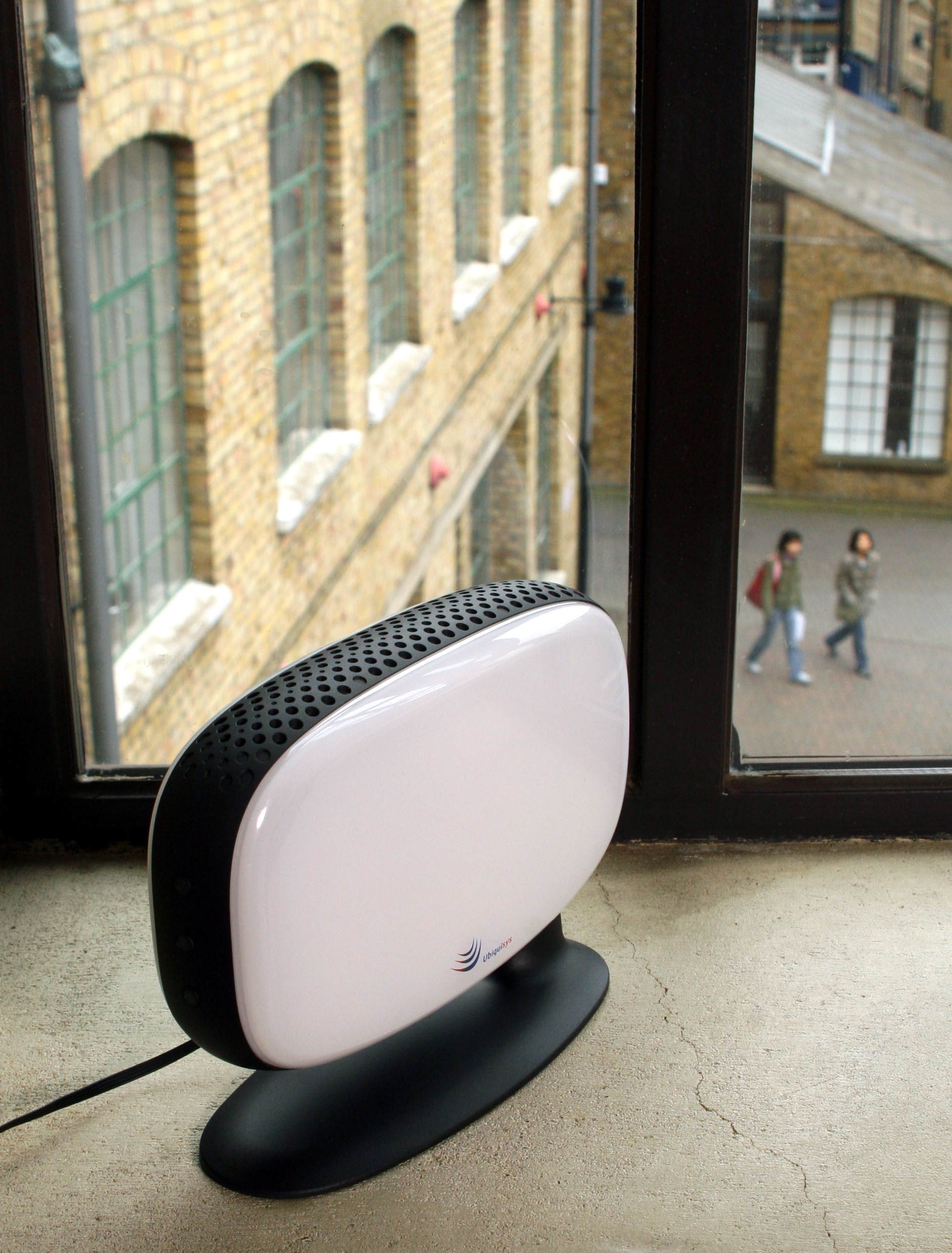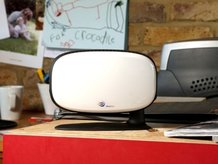Femtocells: mobile phone masts in your lounge
New technology will enable mobile calls at low landline prices

Your mobile keeps you in touch when you’re out and about, but does it give you a strong connection at home or in your office? If not, that’s where a 'femtocell' could come in.
Mobile phone coverage isn’t just a problem out in tiny country villages. Wooden floors, under floor heating pipes, metal structures in walls, even fragments of metal in bricks all interfere with mobile phone signals. Just walking upstairs attenuates the signal.
The prospect of having to make calls crouched by the kitchen window led ex-Lucent engineer Will Franks to develop the first working femtocell – a small base station that provides extended mobile phone coverage via your broadband connection.
Google has been interested enough in the concept to pump money into his company, Ubiquisys, and the first femtocell units are now coming off the production line.
Hands on with a femtocell
Dubbed the ZoneGate, the Ubiquisys femtocell looks like a typical wireless access point/router and it plugs into your home's broadband connection.
The femtocell contains cut down and optimised versions of the principal elements of a mobile network core and radio access network. So, instead of radiating Wi-Fi, the femtocell broadcasts a rock-solid mobile phone signal. Think of it as a very small mobile phone mast in your living room.
Get daily insight, inspiration and deals in your inbox
Sign up for breaking news, reviews, opinion, top tech deals, and more.
The setup is very simple because the mobile network does all the hard work, checking that the femtocell is where it’s supposed to be and that it’s using a unique SIM (so you can’t take yours with you to a friend’s house).
The signal from the femtocell is so much stronger than the main mobile telephone network that, as soon as you use your mobile for voice or data, it automatically uses the femtocell.
In a recent demo of the technology, we found that calls were crystal clear and 3G data becomes the speedy experience that it’s supposed to be rather than the crawl it so often is. Yes, you can get the same experience using Wi-Fi and VOIP phones. But a femtocell is much less effort to use – and it works with any 3G mobile phone.

If it’s that good, will everyone want one?
The femtocell does take a bite out of your broadband bandwidth – especially upload speed, which you have much less of with ADSL. The question comes down to how much you’ll be paying for a femtocell and who will get to use the bandwidth.
Pricing will be key. A femtocell will allow you to abandon your fixed line phone for your mobile – the convenience of one handset and one number. But just how much money will a femtocell save you? Pricing is still an unknown factor.
Selling femtocells by stealth
Anything that connects to a mobile network needs to be approved and managed by the mobile operators and so you won’t be able to go out and buy a femtocell directly.
Instead you’ll get one with your mobile phone contract. Motorola’s EMEA solutions marketing manager Malcolm Latham expects to see femtocells included with broadband, TV and mobile bundles.
He believes that only you and your family will get to connect to it - the system enables simultaneous voice and data calls for up to four users per femtocell. So someone standing at the bus stop outside your house won’t be able to use it, and nor will any friends who come to visit.
Will Franks, however, thinks that anyone in the area could get to share your bandwidth. And in exchange your phone bill will go down. “You’ll get either a very large bundle of home minutes for voice or an infinite number and data should be zero tariff,” he suggests. “Operators have to give users some incentive to use their power and broadband.”
The first femtocells will be on sale in June, but the big push will be for next Christmas. By then even the iPhone will have 3G and more people may be ready to pay for a fast connection at home – or to get it for nothing for sharing their broadband.
Mary (Twitter, Google+, website) started her career at Future Publishing, saw the AOL meltdown first hand the first time around when she ran the AOL UK computing channel, and she's been a freelance tech writer for over a decade. She's used every version of Windows and Office released, and every smartphone too, but she's still looking for the perfect tablet. Yes, she really does have USB earrings.